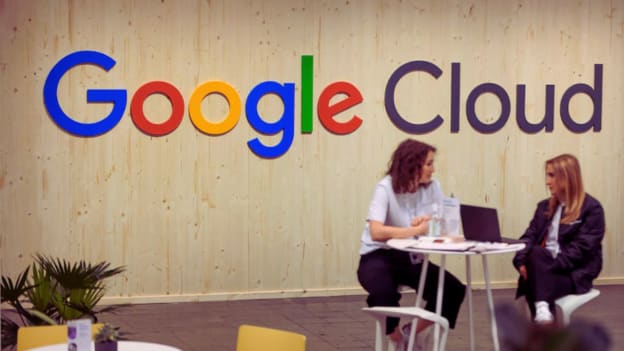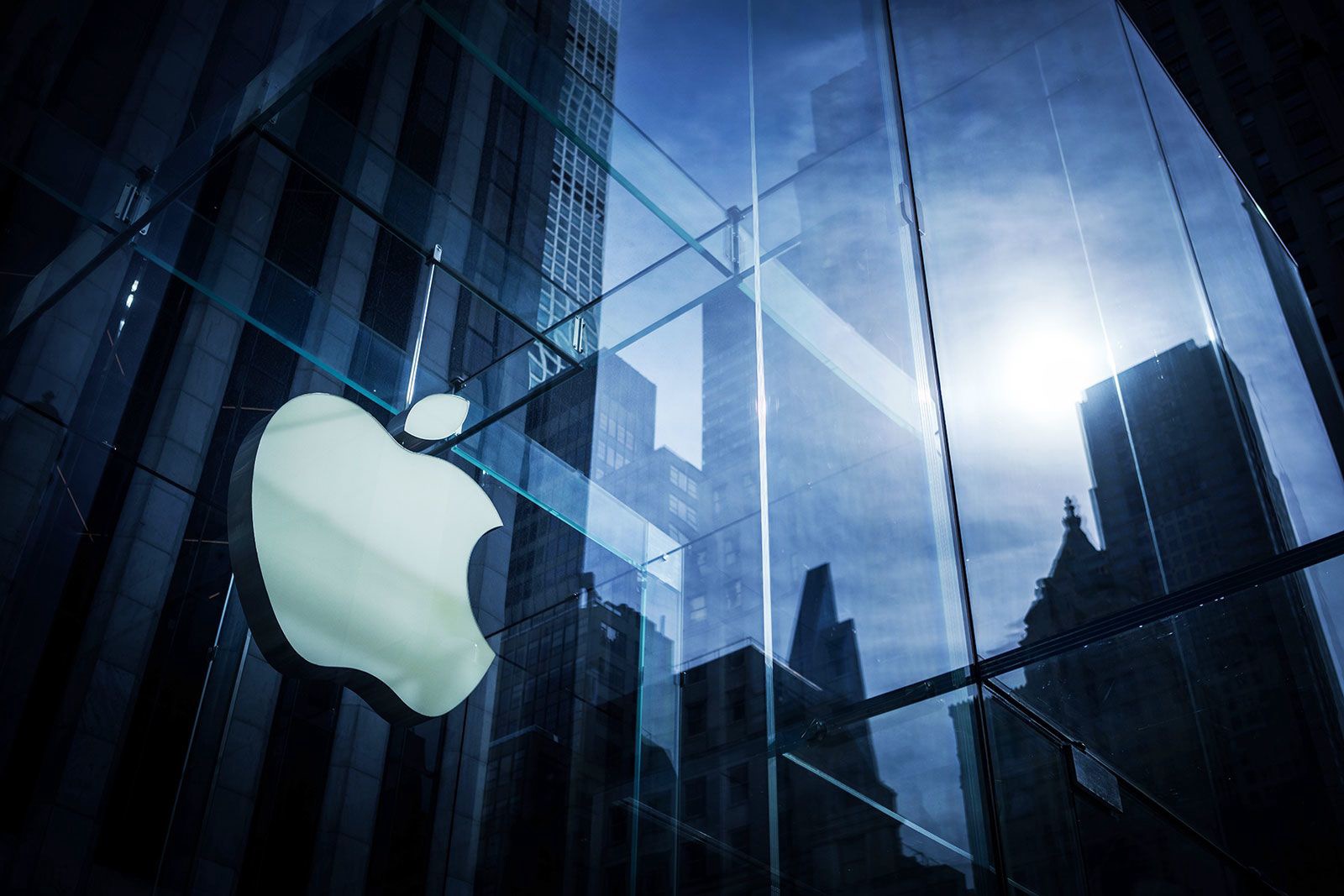Google has initiated another wave of layoffs, cutting hundreds of jobs across its operations as the company continues its aggressive shift toward artificial intelligence (AI). The most recent round of cuts primarily affects employees in the company’s cloud division, with a particular focus on design and user experience (UX) teams.
This move is part of a broader internal restructuring that underscores Google’s determination to become a global leader in AI. As AI increasingly becomes central to Google’s products, strategy, and long-term vision, roles seen as less critical to that push — including certain UX researchers, designers, and evaluation specialists — are being reduced or eliminated.
Internal Restructuring Amid AI Acceleration
The layoffs come during a period of intense change inside Google, where the emphasis on efficiency, automation, and machine learning tools is reshaping the way teams operate. While AI has long been part of Google’s technology backbone, the company has made it clear that it now sits at the center of nearly everything it does — from its search engine to its cloud services and hardware products.

In recent internal messages, Google executives have stressed the need to streamline teams and align resources more closely with its strategic priorities. That has meant expanding investment in AI research and infrastructure while scaling back teams and roles that are not directly tied to those efforts.
UX and design teams, which have historically played a vital role in shaping Google’s user-facing products, have been among the most affected. Entire groups focusing on design standards, research coordination, and user behavior analysis have seen major staff reductions. Some employees were informed their teams would be disbanded or integrated into other divisions.
Staff Impact and Company Response
The layoffs affect primarily U.S.-based employees, although some global roles may also be impacted. Many employees who lost their positions have been given a limited period — in some cases until early December — to apply for other jobs within the company. Others have been immediately released from duty with severance packages.
Google has acknowledged the job cuts internally, describing them as difficult but necessary for long-term focus. While the company continues to hire in AI-related areas, it has emphasized the need to reduce duplication, improve collaboration, and eliminate inefficiencies in less essential functions.
Affected workers have expressed shock and frustration, particularly among long-tenured employees who contributed to major product launches and user research efforts over the years. Several have taken to internal forums and social media to share their experiences, calling the process abrupt and emotionally draining.
For Google, the decision appears rooted in pragmatism. With the AI race intensifying and competition from rivals like Microsoft and Amazon growing fiercer, the company is under pressure to adapt quickly. AI models such as its own Gemini and its integration into core services demand not only engineering talent but massive backend infrastructure and operational alignment.
Automation and AI’s Role Inside Google
Another factor driving the layoffs is Google’s increasing use of AI tools internally to streamline operations. From automating routine user research to analyzing product feedback, many tasks previously done by teams of people are now being supplemented — or replaced — by machine learning systems.
Employees across the company are being encouraged to integrate AI into their daily workflows, using internal tools to improve productivity and reduce the need for manual work. In some cases, this has meant traditional design and testing processes are being replaced by AI simulations, rapid prototyping, or automated analysis.
While some see this as a natural evolution, others argue that it comes at the cost of nuance and human insight, particularly in areas like UX research where understanding user behavior is key. Critics of the changes say the overreliance on automation may dilute the quality of user experience in future products.
Contractors Also Affected
Beyond full-time employees, many of Google’s contractors have also been hit by reductions, especially those working on AI-related projects. Hundreds of contract workers responsible for reviewing AI outputs, labeling data, and training models have reportedly been let go in recent months as the company reduces reliance on third-party labor.
The cuts come amid growing scrutiny of how tech companies treat contract workers, who often lack the job security, benefits, and protections afforded to full-time staff. While these roles are essential to building and refining AI systems, they are frequently among the first to be downsized during internal transitions.

The Bigger Picture
Google’s recent layoffs are part of a broader trend across the tech industry, as companies reorient themselves toward AI and automation. As innovation cycles accelerate and expectations for faster delivery and leaner operations grow, even the biggest and most profitable firms are finding themselves forced to make tough choices.
What’s different now is the scale and speed of transformation. Instead of just trimming bloated departments, companies like Google are redesigning their workforce models entirely — emphasizing speed, cross-functional integration, and the use of AI not just as a product feature, but as a fundamental part of internal operations.
Google’s leadership insists that these moves are necessary to remain competitive in a rapidly evolving landscape. As AI continues to reshape industries, they argue, only those willing to adapt — however uncomfortably — will remain relevant.
Looking Ahead
For Google, the focus is now on accelerating innovation while keeping costs under control. As the company invests billions in data centers, AI research, and next-generation tools, it’s clear that human-centered functions like design and research are being redefined in real time.
What this means for users remains to be seen. Some fear that the loss of human-driven design processes could impact the usability and accessibility of future Google products. Others are more optimistic, believing that the integration of AI will lead to smarter, faster, and more personalized tools.
Either way, the message from Google is clear: the AI era isn’t just coming — it’s already here. And for those working within the company, the challenge is no longer about adapting to change. It’s about surviving it.












